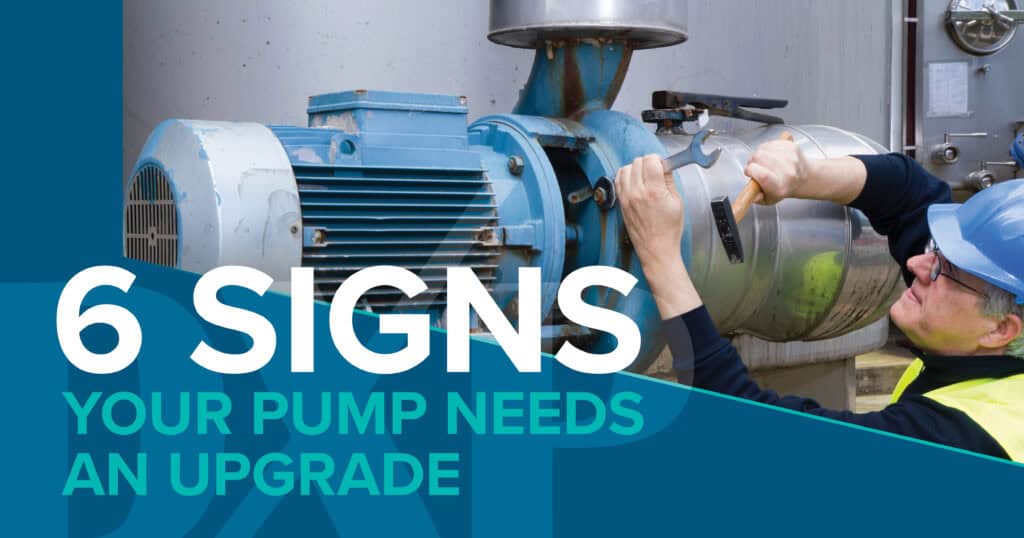Industrial pumps are built for longevity, but even the most robust systems eventually show signs of aging, wear, or inefficiency. Waiting until your pump completely fails can lead to unplanned downtime, costly repairs, and production delays. The key to avoiding these consequences is knowing the early warning signs that your pump needs to be replaced or upgraded.
At DXP Pacific, we help our clients monitor and evaluate their systems for performance, reliability, and overall ROI. If you’re unsure whether your pump is still up to the task, here are several indicators that it may be time for an upgrade:
1. Overheating and Frequent Overloads
If your pump is consistently running hot or tripping overloads, this is a red flag. It may be working too hard because of worn components, restricted flow, or inadequate system design. Overloads often reflect deeper mechanical or performance problems than electrical issues that reduce overall system life. Repeated overheating can lead to motor damage, seal failure, and escalating energy costs.
2. Decreasing Efficiency
Industrial pump efficiency tends to decline with age. If you notice your system consumes more energy but produces less output, your pump may be operating well below its original performance curve. Causes can include impeller wear, internal corrosion, or clogging.
An upgrade to a more energy-efficient pump—especially one designed with modern materials and tighter tolerances—can reduce energy consumption and lower operating costs significantly.
3. Escalating Maintenance Requirements
Are your maintenance costs climbing year after year? Frequent bearing replacements, seal leaks, or cavitation damage are signs your pump is no longer reliable. As the cost of repairs accumulates, it often exceeds the cost of investing in new equipment.
DXP Pacific works with clients to track lifetime service history and determine the tipping point when a replacement becomes more cost-effective than continued repair.
4. Vibration, Noise, or Unusual Operation
Pumps that suddenly become louder, vibrate excessively, or “feel off” may be signaling internal wear or alignment issues. These symptoms often precede more serious mechanical failures. While vibration monitoring can provide early warning, persistent issues despite alignment or balancing attempts are strong indicators an upgrade is warranted.
5. Incompatible or Outdated Design
Older pumps may no longer meet the demands of your application. Whether you’ve expanded production, changed process fluids, or reconfigured your system, your pump may be operating under conditions it wasn’t originally designed for. Using an undersized or misapplied pump can reduce efficiency, shorten lifespan, and put your entire system at risk.
Today’s pump models offer greater flexibility, smart control options, and improved durability—making them a smart investment for evolving operations.
6. Parts Are Difficult to Find
When sourcing spare parts becomes a challenge, it’s time to consider the long-term viability of your equipment. Obsolete pumps can lead to extended downtimes if replacements aren’t readily available. In these cases, a new pump system can improve serviceability and ensure parts availability for years to come.
Partner with DXP Pacific for Smart Upgrades
Upgrading your pump doesn’t have to be a burden. At DXP Pacific, we provide:
- System assessments to identify pain points and inefficiencies.
- Application-specific recommendations for replacement or redesign.
- Energy-saving solutions to reduce life cycle costs.
- Custom packaging and installation support.
Whether you’re seeing signs of pump fatigue or want to improve system performance, our team is ready to assist you with a smart, cost-effective upgrade.
Don’t wait for a failure; contact DXP Pacific today to evaluate your pump system.

